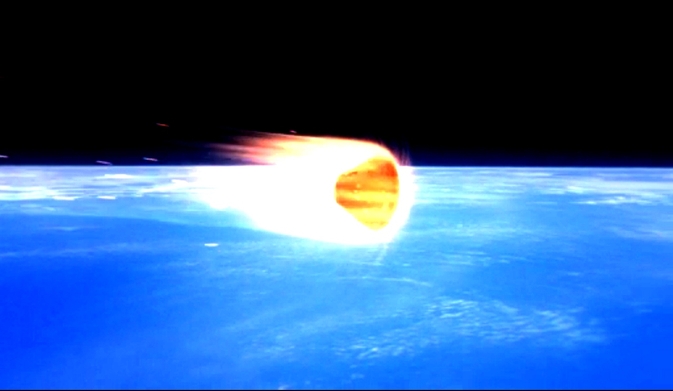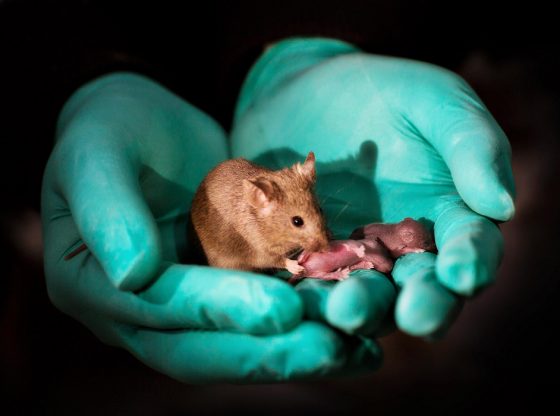
New evidence proves that DNA is much more resilient than previously thought. Despite the extreme heat, cold, radiation and the vacuum of space – DNA placed on the outside of a rocket managed to survive. Scientists believe that these findings may have implications for future space missions and research.
It was scientists at the University of Zurich who made the discovery when testing a new research method. The experiment used DNA from the bacteria “Streptococcus” smeared at three locations on the outside of a Texas-49 rocket, which was then sent into space from a rocket launch site in northern Sweden back in 2011.
This bacterial strain is particularly interesting since it is resistant to known antibiotics and the researchers wanted to test if their resistance would be affected by the rigors of spaceflight.
The relatively fast journey into space and back within 12 minutes nevertheless exposed the bacteria to both the vacuum and radiation of space. But also on the way back through Earth’s atmosphere, the bacteria were exposed to temperatures more than 1,000 degrees Celsius.
Yet, despite all these extremes, the DNA was largely unaffected, proving that DNA is much more resilient than thought. The researchers found traces of life at all three places where the bacteria had been smeared, with some of the best-preserved DNA found at the screws on the outside of the rocket, where 53 percent of the DNA still had resistance to antibiotics.
This has several implications, firstly our understanding how life may spread around the universe and how our own DNA and life on Earth is unintentionally spread via space probes and landers to other planets and moons, for example, the rovers roaming around the Red planet at present time. The findings also strengthen the hypotheses that life on Earth could have been brought here by comets and other interstellar objects.
The results have been published in the scientific journal PLoS ONE.
_________________
__________________________________











![OpenAI. (2025). ChatGPT [Large language model]. https://chatgpt.com](https://www.illustratedcuriosity.com/files/media/55136/b1b0b614-5b72-486c-901d-ff244549d67a-350x260.webp)
![OpenAI. (2025). ChatGPT [Large language model]. https://chatgpt.com](https://www.illustratedcuriosity.com/files/media/55124/79bc18fa-f616-4951-856f-cc724ad5d497-350x260.webp)
![OpenAI. (2025). ChatGPT [Large language model]. https://chatgpt.com](https://www.illustratedcuriosity.com/files/media/55099/2638a982-b4de-4913-8a1c-1479df352bf3-350x260.webp)








